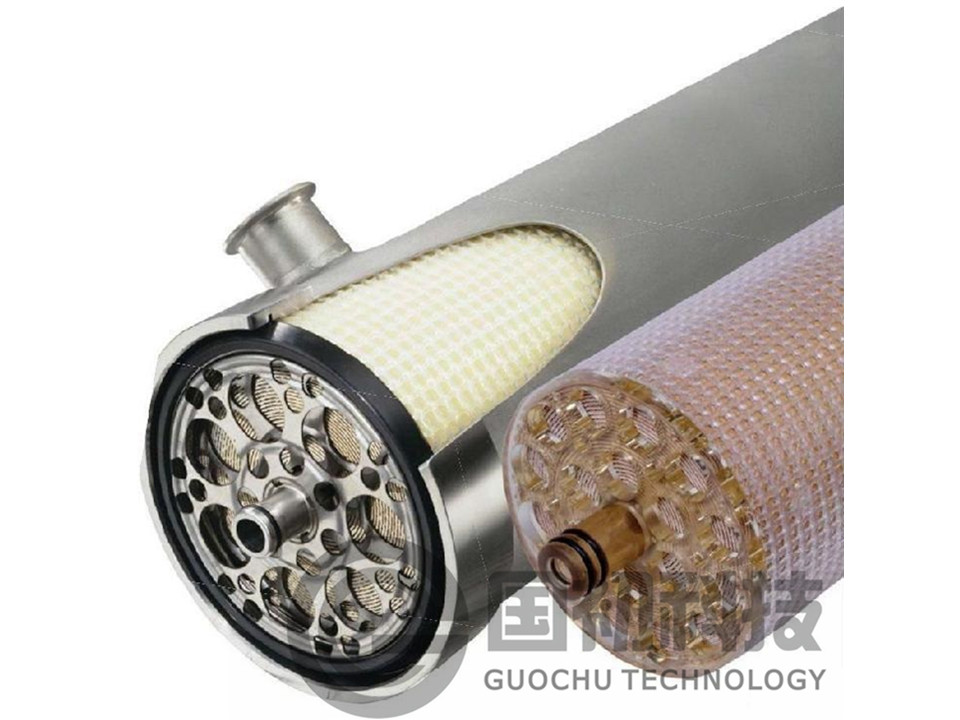
Compared to regular epifluorescence imaging, confocal is more sensitive and gives you more control over excitation power to limit photobleaching. Confocal imaging screens out fluorescence from above and below the plane of focus, allowing very crisp imaging of cell boundaries. If you have access to a confocal microscope, we recommend using it to image membrane staining for the best results. See below for guidelines on fix/perm and mounting.

In contrast CellBrite™ Fix and MemBrite™ Fix can be fixed and permeabilized with any standard protocol, and mounted with antifade mounting medium like Biotium’s EverBrite™ Mounting Medium. However, the stained cells can’t be treated with solvents like methanol, detergents, or mounting medium with glycerol.

Original CellBrite™ dyes are compatible with formaldehyde (PFA) fixation after staining. Use the right fixative and mounting medium Using PBS without Ca 2+/Mg 2+ can cause some adherent cells to round up or detach.Ĥ. When using CellBrite™ Fix or MemBrite™ Fix with adherent cells, our preferred buffer is HBSS with calcium and magnesium for maintaining cell adhesion and morphology. Make sure you’re using a compatible buffer to avoid interference with staining. But CellBrite™ Fix and MemBrite™ Fix are chemically reactive compounds, so they have stricter buffer requirements. Original CellBrite™ dyes can be added to cell culture medium with serum, or buffers like PBS.
#Membrane pro reagent download
To get complete, step-by-step protocols, download the product information sheets: Being familiar with the labeling protocol before you begin is a key step for getting good staining. They also have different requirements for fixation and permeabilization. Original CellBrite™ dyes, CellBrite™ Fix, and MemBrite™ Fix each uses a different labeling protocol. If they are used on cells after they are fixed, these dyes will mainly stain the cytoplasm.įor more help choosing a dye (plus information on using these dyes in bacterial or yeast), see our Tech Tip: Cell Surface Stains for Live & Fixed Cells, or download our Membrane & Surface Stains Selection Guide.Ģ. CellBrite™ Fix, and MemBrite™ Fix can tolerate common fixation/permeabilization methods, but they must be used to stain live cells before fixation. However, they can’t be used on samples fixed with methanol or other solvents, or FFPE sections. Original CellBrite™ can be used to stain live or formaldehyde (PFA)-fixed and detergent permeabilized cells, see our Tech Tip: Combining Lipophilic Membrane Dyes with Immunofluorescence. Choose the right stain for live or fixed cells To get the best results with our stains, check out these five tips for success:ġ.

Biotium offers several options for cell surface imaging for different applications. Membrane and cell surface stains are very useful for visualizing cell borders and morphology in multicolor staining of live or fixed cells. Tips for success with CellBrite™, CellBrite™ Fix, and MemBrite™ Fix membrane and cell surface stains Featuring easy-to-use workflows and tips for classic lipophilic dyes, original CellBrite™ dyes, CellBrite™ Fix dyes, and MemBrite™ Fix dyes. Check out this tech tip on five steps for successful staining and imaging of cell membranes using Biotium’s cell surface stains.


 0 kommentar(er)
0 kommentar(er)
